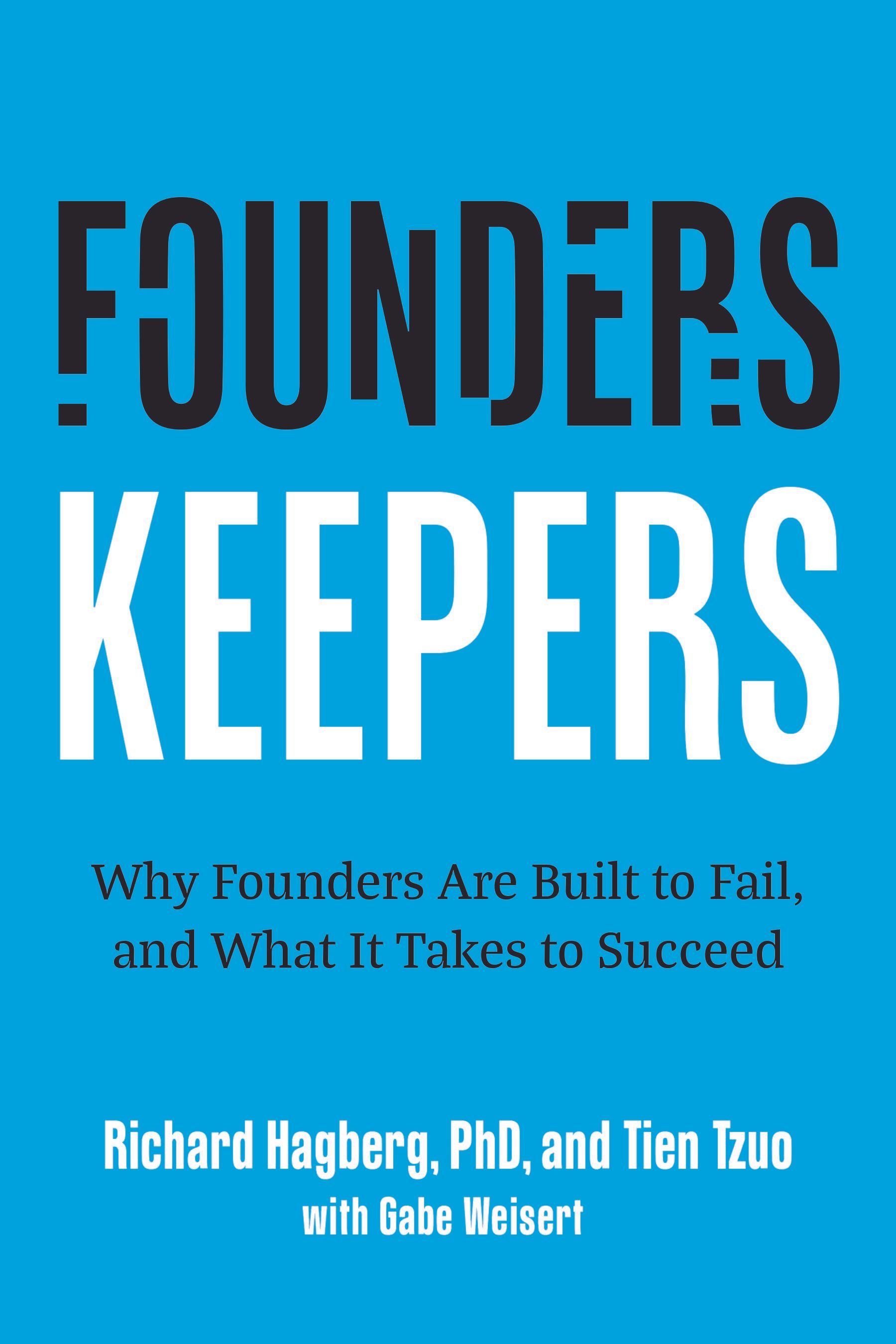Article
10 Proven Strategies to Master Conflict Resolution on Your Team
Proven Strategies to Transform Conflict into Growth Opportunities for Your Team

Effective conflict resolution is a crucial skill for any successful team. Unresolved conflicts can lead to disruptions, decreased productivity, and a toxic work environment. In this article, we explore ten proven strategies to master conflict resolution within your team. From setting conflict resolution as a priority to fostering a culture of candid conversations and empowering self-resolution, these techniques will help you turn conflicts into opportunities for growth and cohesion. By embracing these strategies, leaders can transform their teams, ensuring clarity, empathy, and fairness in every interaction. Dive in to discover how you can lead your team through conflicts with confidence and effectiveness.
1. Make Conflict Resolution Your North Star
Dodging conflicts or pushing them aside only turns them into ticking time bombs. Embrace conflict resolution as a top priority. Set aside dedicated time to tackle issues head-on before they snowball into bigger problems.
2. Play the Referee, Not the Judge
In conflicts, impartiality is your best ally. Don’t take sides; instead, facilitate fair and balanced discussions. Ensure everyone feels heard and respected, laying the groundwork for genuine resolution.
3. Cultivate a Culture of Candid Conversations
Encourage your team to voice their concerns openly and honestly. Foster an environment where people feel safe to express their views without fear of backlash. This transparency can turn potential conflicts into opportunities for growth.
4. Listen so hard you get a hernia, then avoid jumping to conclusions
Listening is more than hearing words; it’s about understanding the emotions and intentions behind them. Develop strong listening skills to show empathy and defuse tensions. Your team will appreciate your genuine understanding and support.
5. Spot and Address Conflicts Early
Don’t wait for conflicts to explode. Be proactive in identifying potential issues early on and address them before they escalate. This proactive approach can save your team from unnecessary turmoil.
6. Lean on Data and Logic
When resolving conflicts, let data and logical reasoning be your guide. This ensures that your decisions are fair, objective, and free from personal biases. A measured approach can turn heated disputes into reasoned agreements.
7. Empower Self-Resolution
Encourage team members to work through their differences directly. This not only empowers them but also fosters a culture of mutual respect and self-reliance. Sometimes, stepping back is the best way to move forward.
8. Facilitate Constructive Dialogue
When self-resolution isn’t an option, step in as a mediator. Guide the conversation to find common ground and work towards a solution that everyone can agree on. Your facilitation can transform conflict into collaboration.
9. Be Transparent and Just
Transparency and fairness are the bedrock of effective conflict resolution. Clearly explain your decisions and ensure everyone understands the rationale behind them. This builds trust and reinforces your commitment to equity.
10. Follow Up and Follow Through
Resolving a conflict is only half the battle; ensuring the resolution sticks is just as important. Follow up to make sure agreed-upon solutions are being implemented and that underlying issues have been fully addressed.
By embracing these strategies, you can turn conflict from a team’s Achilles’ heel into a powerful driver of growth and cohesion. Lead with clarity, empathy, and fairness, and watch your team thrive even in the face of disagreements.
Discover the transformative power of Dr. Rich Hagberg's leadership coaching, rooted in data-driven analysis. With decades of experience, Dr. Hagberg excels in enhancing self-awareness, balancing strengths and weaknesses, and fostering effective decision-making. His tailored approach helps founders build strong teams and navigate growth challenges seamlessly. Ready to elevate your leadership skills and drive your startup to success?
Learn more about Dr. Rich Hagberg's coaching services or contact him today to start your journey.
share this
Related Articles
Related Articles





